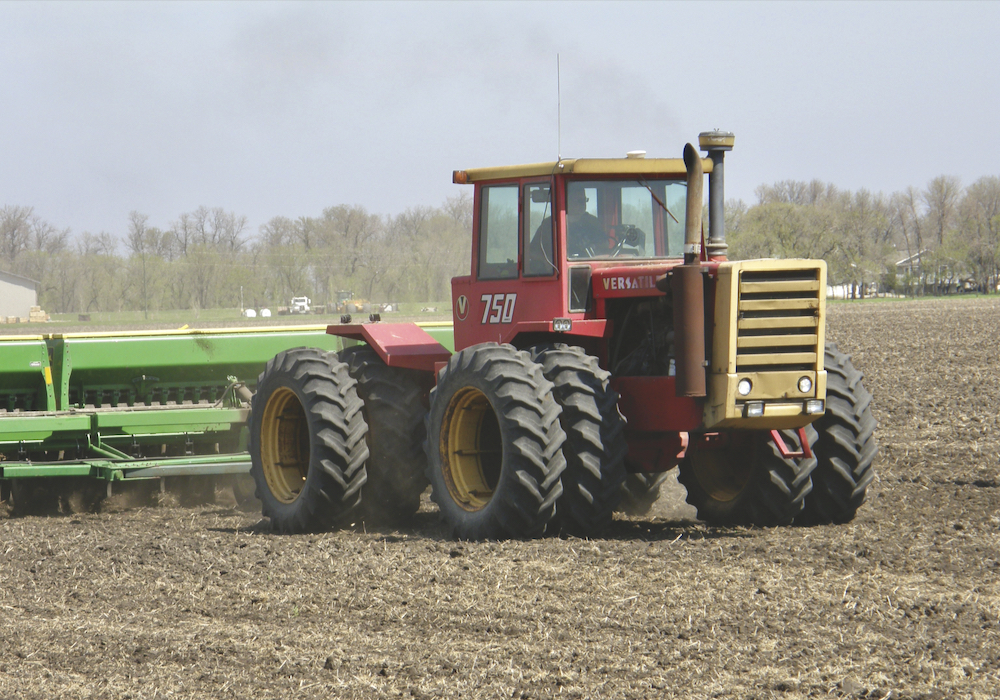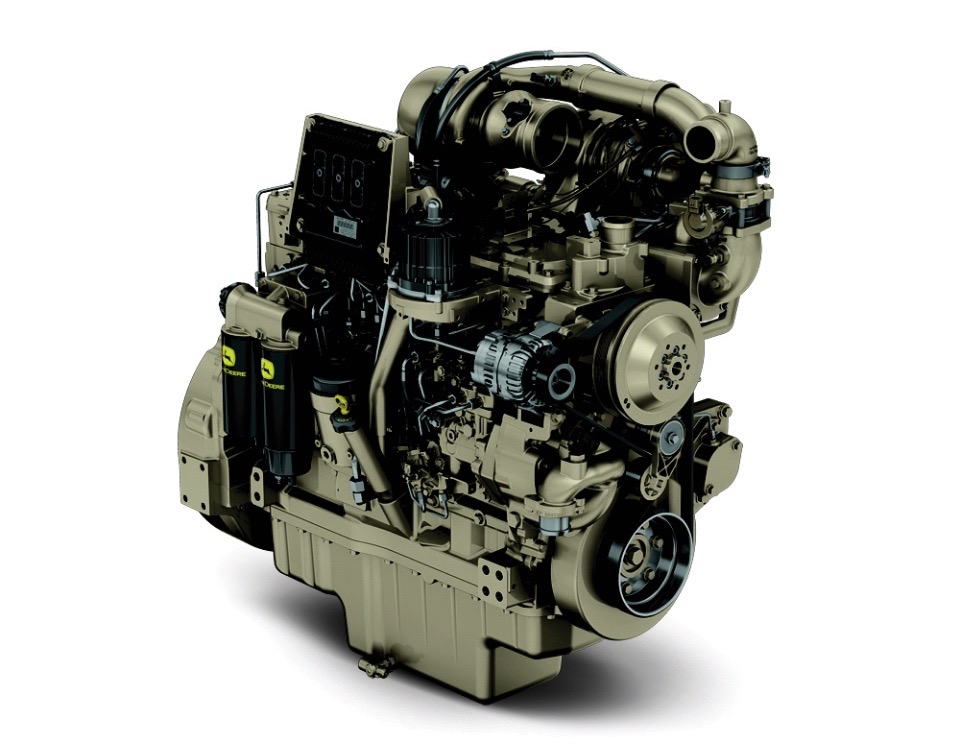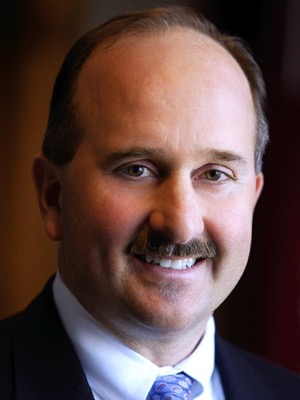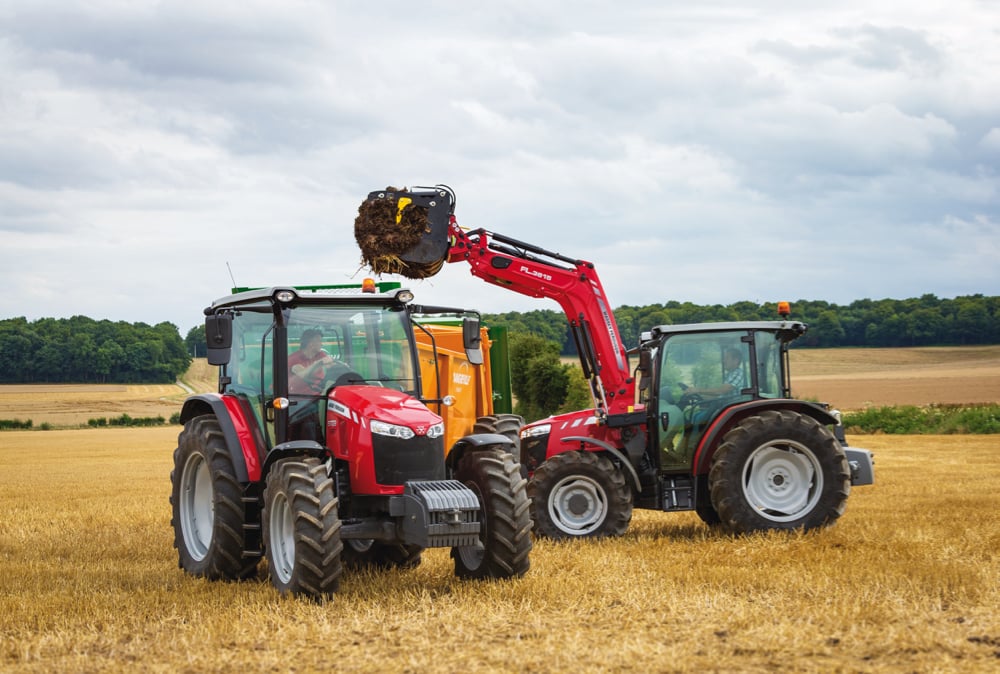At last, we’ve crossed the finish line. January 1, 2014 marked the implementation date for the very last level of phased-in emission reductions for off-road diesel engines above 175 horsepower, as called for in joint standards issued by the U.S. and the European Union.
The last set of regulations — called Tier 4 Final in the U.S. — has taken enormous engineering effort, and it has affected machinery far beyond the U.S. and Europe, including the lion’s share of farm machinery available in Canada.
The question is: Can we declare victory now? Can we switch the industry’s focus back to delivering more productivity for farmers?
The answer is: Maybe, but it turns out we might not have heard the last of emissions cuts for off-road diesels after all.
The jury is apparently still out on whether or not there will be more to come. There is talk in the industry (albeit still just talk) of resetting allowable limits or at least harmonizing them across all OECD countries. This time, though, the debate around emissions has expanded beyond parts-per-million objectives, and it is evolving into a broader, all-encompassing discussion.
“Generally speaking, in the U.S. we’ve spent the last decade in the off-road space focusing on virtually eliminating emissions of nitrous oxides and particulates,” says Allen Schaeffer, executive director of the U.S.-based organization Diesel Technology Forum, which represents many major diesel engine manufacturers.
“We’re sort of at a major milestone point,” Schaeffer says. “Industry has invested billions of dollars and a decade to get to near zero for the criteria pollutants, which has been the focus for so long. It’s been like one person dominating the discussion at a dinner. And that has been the discussion for the last 10 years. But other people want to talk now. They want to talk about C02, efficiency, performance benefits. And they want to talk about bigger issues, maybe global harmonization of emissions standards.”
Read Also

Summer Series: Old machines,new technology
One of my first jobs was working as a mechanic’s helper at a farm equipment dealership in the late 1970s….
When you look at the powered farm equipment on the market in 2015, some manufacturers who previously used only in-house engines prior to last January are now using a select few from other brands to fill gaps in their own lineup.
Executives will usually concede the real reason behind that was the difficulty in getting all their own engines to meet the T4F implementation deadline on time.
The large number of uses and applications for engines in the off-road sector is a key factor behind that difficulty.
“The uniformity you have in the on-road world is dramatic compared to the off-road world,” says Schaeffer. Class 8 trucks, for example, have a typical range of horsepower and duty cycles, driving at steady speeds and loads, so there can be a lot of standardization. By contrast, Schaeffer says, the number of engines and the diversity of applications in the off-road sector is “mind boggling.”
It’s a difference that has made the job hugely more complex for off-road machines. “Today in the highway truck world, all the Class 8 trucks from every single manufacturer use SCR and a particulate filter,” Schaeffer says. “In the off-road space, you need a spreadsheet and a matrix to figure out who’s using what.”
Plus, some of the emission control technologies have negatively impacted fuel efficiency.
“There has been a lot of lost productivity and lost fuel efficiency,” Schaeffer says. “They lost the performance benefits that consumers would have got if industry hadn’t been pursuing such aggressive emissions levels. I think that more than ever, today, manufacturers want to focus on restoring those benefits.”
In other words, manufacturers want to get those gains back.
“What you’re seeing now in the U.S. are manufacturers that have those platforms out in the marketplace looking for ways to improve productivity and reduce fuel consumption,” Schaeffer says. “All of that is good news for operators.”
But if new rounds of emissions reductions are imposed on manufacturers, it’s possible they might jeopardize or at least delay those efforts to regain lost productivity.
Industry also points out that, with NoX and particulate emissions already near zero, there will be diminishing returns associated with the high cost of engineering further cuts.
Of all the gains in emissions reduction during the last 10 years, industry insiders say, the biggest jump came at the beginning of the program with the move from unregulated to Tier 2.
“That gets you half of the way to where you are today,” says Schaeffer. “The other steps, Tier 3 and 4, brought you the rest of the way, but as you get close to near-zero emissions anything else that happens is very expensive with much smaller returns.
“We’re down now into the zone we like to call near zero,” Schaeffer says. “There’s not a lot of additional chopping that can be done.”
In fact, pursuing alternative paths may be more practical. “There are other things happening now that influence manufacturers’ thinking on this,” Schaeffer says. “One of the best examples of those is hybridization. Five or 10 years ago, the thought of using electric motors on off-road machines was not common practice. Now if you look today, there is a range of equipment, like the Cat D7E and others, that have some kind of hybrid component. Not from an emissions perspective, but because they want to deliver more productivity and fuel efficiency.”
But it’s concepts like that which add another dimension to today’s emissions discussions. If additional regulation becomes the chosen route, could performance-enhancing features like hybridization figure into overall emissions numbers? Would any of those systems come into play when selecting which engines are certified or required to comply? And which becomes more important, further emissions level reductions or overall lower fuel consumption?
In the end, is there really a difference? Farmers and other end-users might think so.
One other way to achieve lower overall emissions is to simply get more of the newer engines into service. In both the on- and off-highway segments, there are still plenty of old diesels at work using less efficient emissions reduction systems or none at all.
“To deliver the benefits of these clean-air technologies, they (new engines) have got to make it to the marketplace,” agrees Schaeffer.
In the end, governments might not have to move at all to make that happen. Societal pressures might become the real driving force. For example, some construction contracts in the U.S. now come with strings attached. Only contractors using low-emissions equipment are entitled to bid on them.
With large restaurant chains already demanding certain production practices from producers who supply their beef and produce, could the use of low-emissions farm equipment eventually become one of those conditions?
“Climate may help push that along a little bit,” adds Schaeffer. “If we find ourselves with a global attention to climate, you could see a lot of unconventional influences that could drive us to use cleaner technology.”
Even so, Schaeffer is optimistic that a lot was learned in the past decade. “I don’t think standards are going away, but they won’t have the same front-seat influence in the next decade that they’ve had in the last.”

















